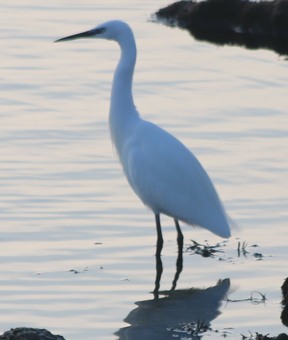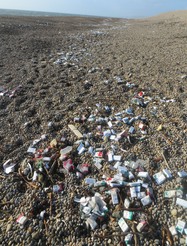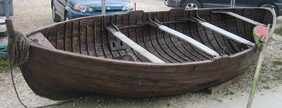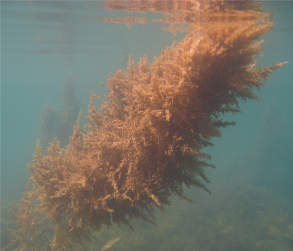


|
Japanese seaweed |
Sargassum muticum arrived in Britain in 1971 and first appeared around the Isle of Wight. In successive years it spread along the south coast to the Fleet. For some years it dominated the environment despite a number of attempts to limit its impact. It then naturally died back to a much lower level of occupancy in the Narrows and Lower Fleet. Currently the amount of growth is dependent on a number of factors and is highly variable from year to year. For more information see the MarLIN website. |
|
Jurassic Coast |
A world Heritage Site stretching from Exmouth to Studland Bay and including Chesil Beach and the Fleet. The coast spans 185 million years of geological history and includes the Triassic, Jurassic and Cretaceous periods. |


|
Langton Herring SY614826 |
A small village close to the Mid- |
|
Lerret |
A double- |
|
Litter |
Marine litter is a major problem on Chesil Beach. South- |
|
Little egret |
Egretta garzetta. A medium- |
|
Little tern |
Sternula albifrons. Regularly nests on Chesil Beach. This is the smallest of the UK terns and is sometimes known as the sea swallow. It is a migratory bird so is only seen around the Fleet from April to August. Currently the little terns nest at Ferrybridge and following a crash in numbers there is a partnership project managed by the RSPB to aid their recovery. |
|
Littlesea |
The open area of water just north of the Narrows. |
|
Lower Fleet |
The Fleet from the Narrows down to Ferrybridge. |
|
Lynch Cove SY650782 |
The small bay immediately north of the Narrows and adjacent to Littlesea Holiday Park. |




